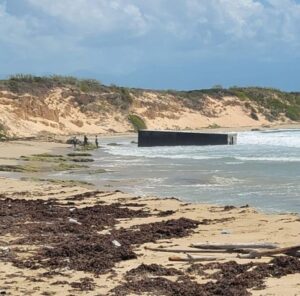
How many apologies are required?
Dear Editor,
How often should descendants apologise for an act that their great-grandparents already made an apology for? In the context of presendence and the royal prerogative, it is not correct to repeat that which was already done by a former head of the monarchy.
In June 1840, Prince Albert addressed a large international anti-slavery meeting called the Society for the Extinction of the Slave Trade and for the Civilisation of Africa at the Exeter Hall in London at which he stated Queen Victoria’s (his wife) wholehearted support for the efforts of abolishionist Thomas Fowell-Buxton, successor of William Wilberforce, and the British anti-slavery lobby. It was the first time the monarchy ever associated itself with a political cause.
A section of Prince Albert’s handwritten speech reads: “I have been induced to preside at the meeting of this society from a conviction of paramount importance to the great interest of humanity and justice.
“I deeply regret the benevolent and persevering exertions of England to abolish that atrocious traffic in human beings, at once the desolation of Africa and the blackest stain upon civilised Europe, have not as yet led to any satisfactory conclusion. But I sincerely trust that this great country will not relax in its efforts until it has finally and forever put an end to a state of things so repugnant to the spirit of Christianity and the best feelings of our nature…”
This apology for slavery done 182 years ago, engendered adoration for Queen Victoria and is one of the reasons her statue was erected in what we now called St William Grant Park. In the Cathedral of St Jago de la Vega, looking down from the walls of the chancel, among 12 corbels, are two negro heads along with that of Queen Victoria’s in tribute to the Victorian empire and immortalising the significance of its contributions to ending slavery.
Dudley C McLean II
dm15094@gmail.com
























